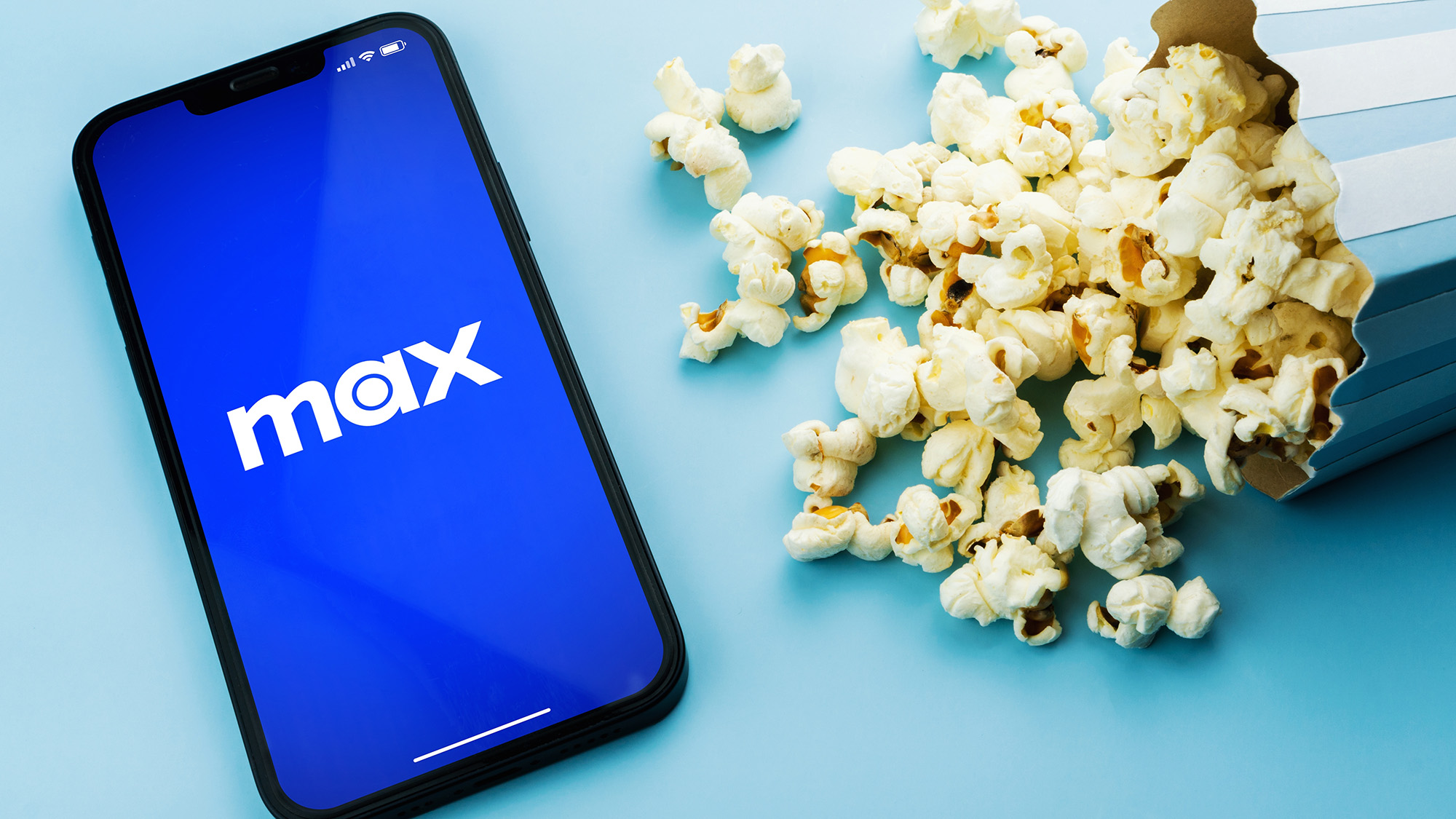How to Get Fit on a Budget

We may earn a commission from links on this page.
Fitness is one of those areas where you can spend literally as much money as you have. There are gyms that cost $10 a month and there are gyms—sorry, boutique fitness studios—that will run you $50 or more per workout. There’s a similar wide open price range for clothes, apps, at-home equipment, and everything else. So where can you save money without sacrificing a good workout? Almost everywhere, it turns out.
How to save money on gym clothes
You can work out in the finest technical wicking fabrics and/or butt-scrunch leggings, or you can work out in raggedy old sweatpants. Your lungs and muscles don’t know the difference.
There are a few items and features that may be worth paying more for. One is a sports bra: If you have breasts and you plan on doing “high impact” exercise (running and jumping), your choice of bra is pretty important. Really supportive bras in bigger sizes tend to be pricey. But if you’re just starting to get into exercise and bra shopping is putting you off, any ordinary, comfortable bra is usually good enough for low-impact activities like cycling and lifting weights.
When it comes to shirts and shorts, the cheap stuff is fine if you find it comfortable. Some people hate the feel of sweaty cotton, so if that’s you, you may want to shell out for wicking fabrics—although you can buy off-brand stuff pretty cheaply. If you don’t care about the fabric, you can just wear whatever T-shirts you already own. Pro tip: Some of my favorite workout tanks are just black undershirts from the men’s section at Target.
Leggings and compression shorts are another area where paying more can get you better quality, but that doesn’t mean there aren’t bargains to be had. Mid-range brands like GRRL and Senita make quality stuff that lasts and isn’t see-through, but I’ve also heard great things about cheap Amazon leggings. (A good place to look for recommendations on the latter, and find sales on the former: the r/xxfitness Style Saturday threads.)
How to save money on workout shoes
There is a wide range of shoes that can work for exercise, depending on what kind of exercise you’re doing. That’s if you even need shoes.
For yoga, barre, Pilates, and certain kinds of kettlebell and “functional” training, you don’t need shoes at all. Socks with a grippy bottom are recommended for barre classes, but you can get away with regular socks. And the others in this category are often done barefoot. (Check with the gym to see if they require or recommend footwear.)
For running, the important thing is just that your shoes are comfortable when you run. Yes, running shoes can be stupid expensive, and they wear out so fast they’re basically disposable. But a cheap pair of sneakers is fine to get started, and some shoes last a lot longer than you’d expect. (In my experience, the more expensive shoes tend to be made with fancy foams that wear out faster, making budget models an even better pick than the price tag would suggest.)
For lifting and general fitness stuff, flat soled shoes like Converse or Vans (or their off-brand equivalents) are versatile and cheap. Again, you might already have a pair.
Weightlifting shoes, the kind with a raised heel, are another type of shoe that is way more expensive than they have any right to be. On the bright side, you don’t need them (you can wear flat shoes and squat with plates under your heels) and if you do buy a pair, they’ll last a long time.
How to save money on a gym membership
It is annoying as hell to shop around for gym memberships. Some gyms won’t tell you the price up front; others will, but then it turns out there are hidden fees or you’ll have to upgrade to get “perks” that seem like they should be part of the basic membership.
But yes, cheap gyms are worth it. We have a post here about the tradeoffs you make when you join one of those gyms with a $10 or $15 monthly membership. Basically, you may not have access to a barbell, so your dreams of being a competitive weightlifter or powerlifter will have to go on hold. But if you just want to get strong and fit, you can absolutely do that with the dumbbells and machines at a Planet Fitness, Crunch, or the like.
For more options, consider expanding your search to community fitness centers. Your town might have a gym that’s available for free or cheap to residents, and the next town over might have one whose non-resident fee is still a good deal.
How to save money on supplements
This is an easy one: You can skip the supplements. There are only a few supplements that have any measurable effect on your gains, and even those aren’t must-haves, just nice-to-haves.
-
Pre-workout is mostly just a caffeine delivery system. If you really want caffeine before a workout, it’s fine to have a coffee or even take a caffeine pill. If you don’t want the caffeine, a snack before you hit the gym will do more for you than any “stim-free” preworkout.
-
Creatine may help you work harder in the gym, but it’s not a make-or-break supplement. Our body makes its own creatine, and we get more from our diet (mainly through meat). The purpose of a supplement is just to top off our muscles’ stores of it. Plenty of people have gotten fit without taking it as a supplement.
-
Protein powder is just one of many ways to get protein in your diet. You can skip this entirely if you’re getting enough protein through regular foods.
How to save money on exercise apps and gadgets
This one is almost a trick question. You don’t need any of that stuff. You can jog without a smartwatch. You can write down your miles, your weights lifted, and any other metrics you care to track in a paper notebook. You can remind yourself that it actually does not matter how many calories a fitness tracker thinks you have burned.
I’ve used a bunch of different apps and gadgets, mainly because I tested them out for work; and I still log everything in a paper notebook. A watch is nice to have for running, but your lungs and muscles register the workout even if you don’t track it in an app.
How to exercise for actually free
-
Go for a run. (This requires shoes and, for some of us, a sports bra, but the action of putting one foot in front of the other is free.)
-
Go for a walk, hike, or ruck. (Rucking is walking with a weighted vest or backpack.)
-
Use a fitness trail, which you can find in a lot of random parks. They have equipment for bodyweight exercises and a place to jog.
-
Do the Reddit bodyweight fitness workout. Some moves require a bar (like pullups or rows) but you can find one on a fitness trail or just keep an eye out for conveniently placed railings.
-
Or try these bodyweight exercises that are actually good at building muscle. Again, some require minimal equipment like a chair or a railing, but many do not.
-
Get some cardio in with YouTube videos, whether you prefer K-pop choreography or retro Jane Fonda and Richard Simmons routines.
Is home gym equipment worth it?
Some items of home gym equipment are, on their own, definitely worth it. Some appropriately heavy weights will fill the gap that jogging and bodyweight exercises tend to leave. A few pairs of dumbbells or a few kettlebells are a great idea. If you can scrape up the cash for a squat rack, barbell, and weights, you can do a lot with that.
But beware the temptation to build out a whole home gym. I say this from experience: Before the pandemic, I had a rusty barbell and a few miscellaneous weights. I now own a squat rack and an embarrassing number of kettlebells, and I can no longer park my car in my garage. I love all of my heavy iron children, but money-savers they are not.
A home gym is a good option for somebody who is willing to work out with a limited amount of stuff—a few kettlebells, let’s say—and who feels pretty confident they will be happy with that for the long term. Splurge on a pair of adjustable competition kettlebells and maybe a spin bike, and you’ll have all your fitness needs covered a long time. Or at least until you start wondering if it wouldn’t be nice to have a barbell, too…






